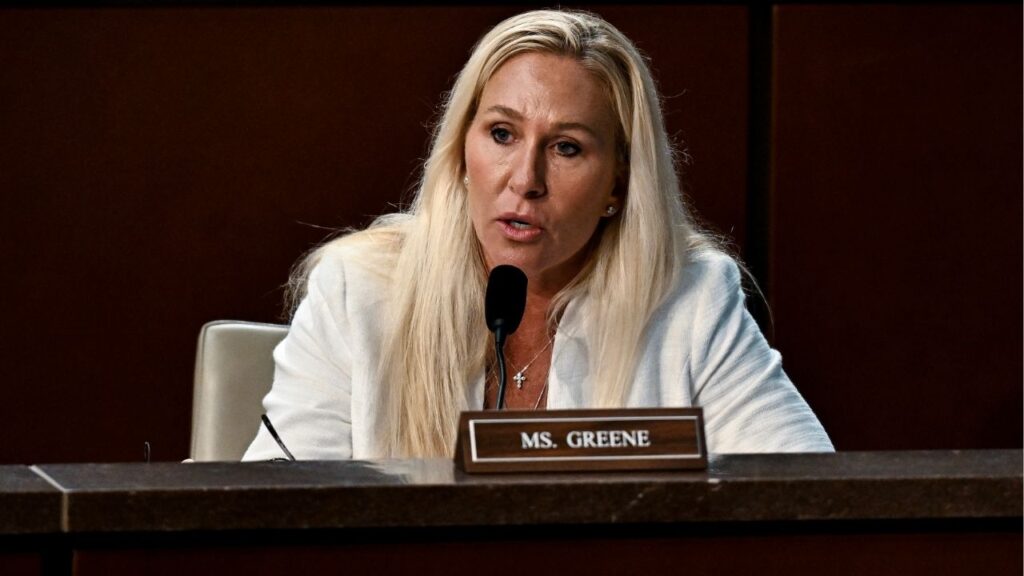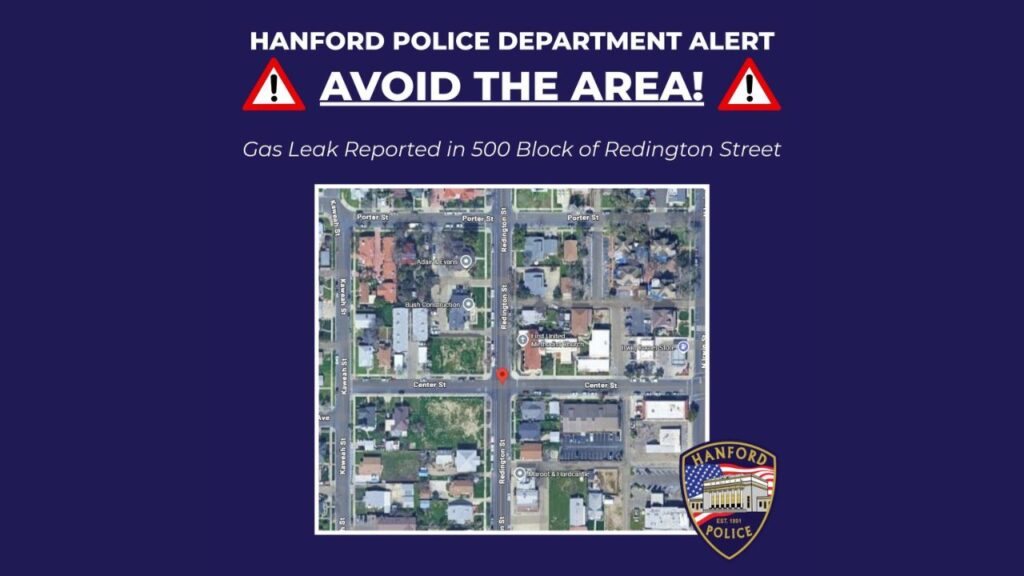Share
|
Getting your Trinity Audio player ready...
|
There’s an old adage that one must first acknowledge a problem exists before it can be addressed. It bears repeating because of a huge disagreement over the size of California’s state budget deficit.

Dan Walters
CalMatters
Opinion
In December, the Legislature’s independent budget analyst said the state faces a $68 billion deficit, mostly due to revenue shortfalls in the 2022-23 and 2023-24 budgets, and projections into 2024-25.
On Wednesday, Gov. Gavin Newsom introduced a 2024-25 budget that assumes a $37.9 billion deficit, while chiding news media for repeating analyst Gabe Petek’s projection, saying they are undermining confidence in the state’s economic resilience.
Were Petek’s figure valid, the state would have to make huge adjustments in spending and perhaps entertain tax increases to balance the budget.
Newsom’s much lower number, however, allows him to cover it with an array of budgetary gimmicks often used in the past, such as borrowing money from special funds, tapping reserves, and delaying some budgeted expenditures.
For example, state employee paychecks, which would ordinarily be counted on June 30, 2025, the last day of the 2024-25 fiscal year, would be deferred by one day to July 1, 2025, thus “saving” $3.2 billion.
Newsom claims that his $291.5 billion budget is “balanced,” but as the payroll gimmick illustrates, it’s billions of dollars short of being truly balanced, even if one accepts his lowball deficit figure.
About half of the $30 billion difference between the two deficit numbers is, Newsom said, in their projections of future revenues, with the remainder mostly in spending estimates on state programs.
“We’re just a little bit less pessimistic,” Newsom told reporters as he introduced the budget.
So Who’s Right and Who’s Wrong?
Estimating income and outgo as many as 18 months into the future is not an exact science, and California has a sorry history of making huge errors in its budgets, largely because the state has a very lopsided dependence on taxing the state’s wealthiest residents. Their incomes, especially earnings on investments, tend to make wide swings from year to year. It’s called “volatility” and Newsom cites it as the chief factor in forecasting revenues.
“This small share of Californians earns a significant proportion of their income from stock-based compensation and capital gains, making their income – and the tax revenue it generates – significantly more volatile and subject to swings in the financial markets as opposed to changes in the overall economy,” the budget declares.
The latest cash report from the state controller’s office is a case in point.
The 2023-24 budget adopted last June acknowledged a deficit due to revenue declines but still assumed that the state would take in $123.3 billion in taxes during the first six months of the fiscal year ending on Dec. 31. The controller, however, reported that tax receipts were just $93.5 billion during the period, a 24% shortfall.
History Shows LAO Estimates to Be More Accurate
Neither deficit estimate is absolutely correct because it can’t be. But in the past, the legislative analyst’s numbers have proven to be closer to the mark than those from governors, who have a vested interest in minimizing the adjustments needed to bring income and outgo into balance, and therefore the political angst that reduced spending entails.
Newsom and his fellow Democrats in the Legislature are closely allied with groups that support spending on social welfare, education, and healthcare, which makes deep reductions that a major deficit would require much more difficult.
Therefore, the Legislature is much more likely to adopt Newsom’s relatively low deficit figure in fashioning a final budget over the next six months than what its own budget analyst projects.
About the Author
Dan Walters has been a journalist for nearly 60 years, spending all but a few of those years working for California newspapers. He began his professional career in 1960, at age 16, at the Humboldt Times. CalMatters is a public interest journalism venture committed to explaining how California’s state Capitol works and why it matters. For more columns by Dan Walters, go to calmatters.org/commentary.
Make Your Voice Heard
GV Wire encourages vigorous debate from people and organizations on local, state, and national issues. Submit your op-ed to bmcewen@gvwire.com for consideration.


















